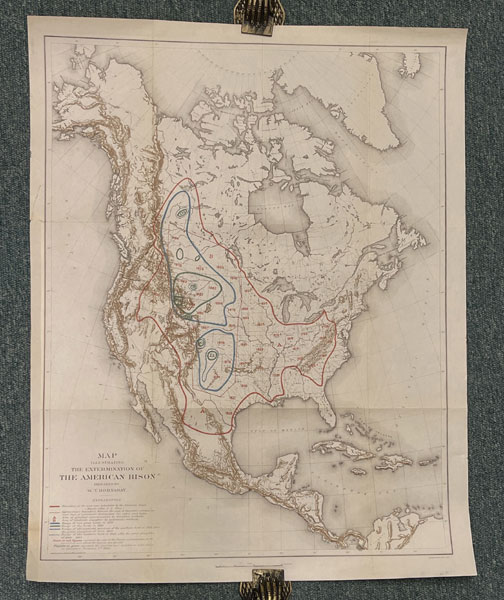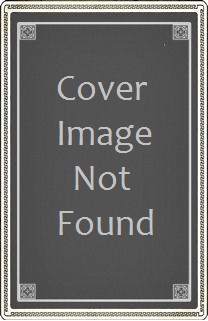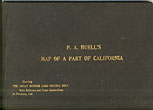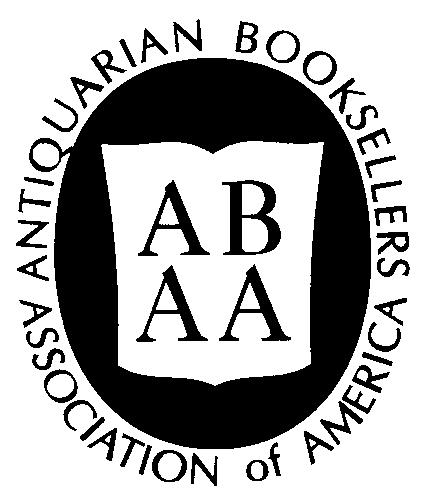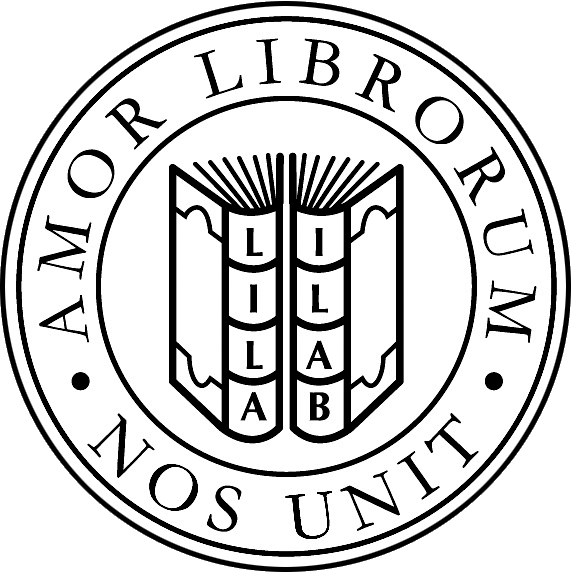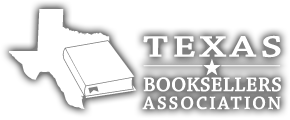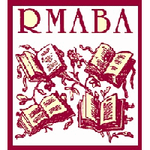Dealer in Rare and First-Edition Books: Western Americana; Mystery, Detective, and Espionage Fiction
Map Illustrating The Extermination Of The North American Bison
WILLIAM TEMPLE HORNADAY
Other works by WILLIAM TEMPLE HORNADAYPublication: Government Printing Office, 1889, Washington
This distressing map of North America highlights the precipitous decline in bison (also commonly known as the buffalo) across the continent during the 19th century. Between approximately 1840 and 1890, animal populations fell from around 20 million to less than 1,500 animals spread across a handful of herds. Over-hunting, for skins, meat (especially tongues), and as a way to control local Native American population, was the primary factor behind the tragedy. William Temple Hornaday, first Director of the New York Zoological Park, recognized the risk of bison populations across America, and began researching the issue extensively in the 1880's. Through in-person surveys, two taxidermized specimens, and piles of private correspondence, Hornaday was able to draw the attention of the public (and the government) to the problem. In 1890, he drafted a report to the Smithsonian Institution in which he included this map. The historical range of bison herds are outlined in red, divided into two sections, A & B. Areas east of the Mississippi River are labeled as 'gradual extermination by desultory methods, whereas territory out west was 'wholesale slaughter by systematic methods." Blue and green circles identify the extent of the herds in 1870 and 1880, respectively. Individual dates represent the approximate year the last bison was killed in that area, and the green figures reflect the approximate numbers remaining as of January 1, 1889 - only 25 animals remained in the Great Southern herd that was once comprised of hundreds of thousands. Sheet size: 18.6" x 23.75." Light creasing and a bit of separation along former fold lines. Professionally mounted on Japanese tissue with no image loss. Very good overall.
Inventory Number: 48106Sold -- Contact us

